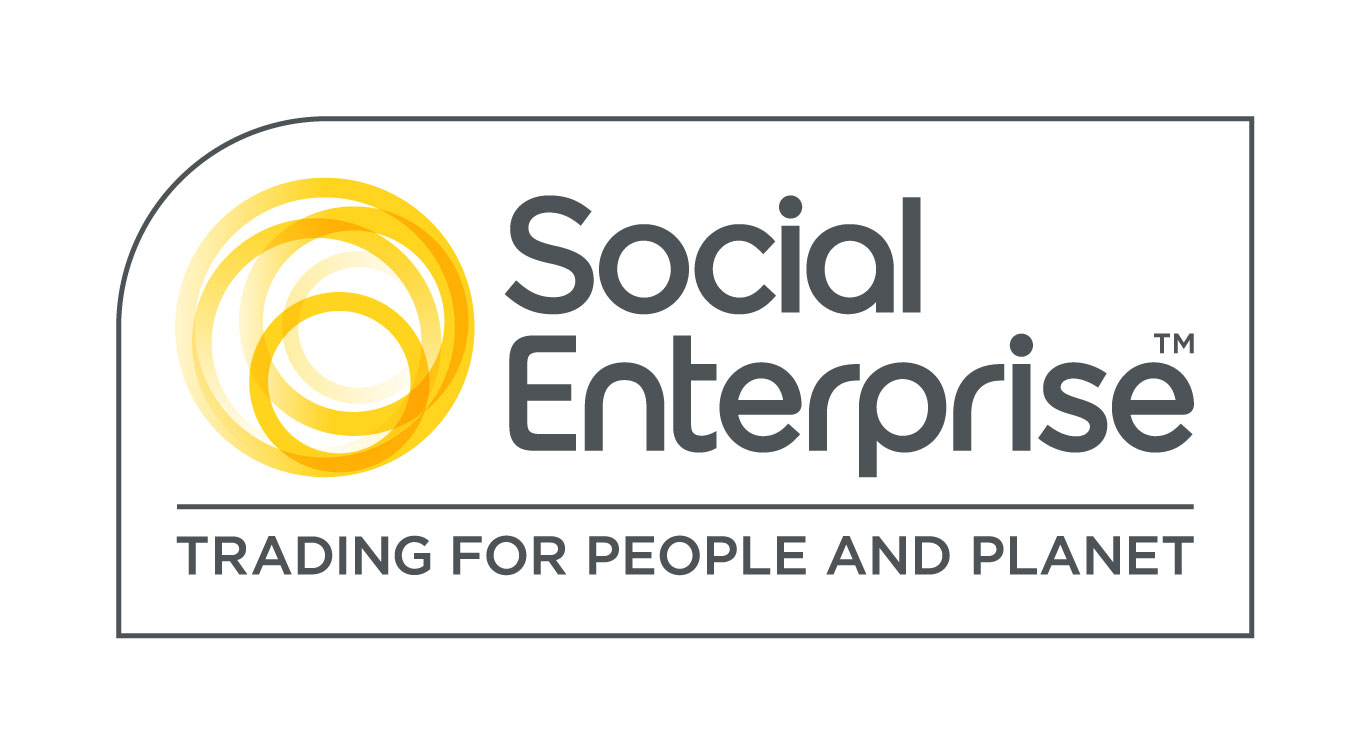Creating a corporate video
Creating a Corporate Video
The use of corporate videos is increasingly seen an important part of a marketing and PR strategy to profile the values, activities and impact of a business.
Some of the best advantages of producing a corporate video include:
- Video is a widely used and easily recognised medium, demonstrated by websites like YouTube who are engaging millions of user a day.
- A recent survey has shown that video has a retention rate of up to 50% - the highest compared to the written word or radio.
- A good video can help customers get a feeling for who you are and what you represent very quickly.
- It is a great way to build trust, with clips such as testimonies and video highlights
- Finally, an easy and effective way to communicate, inspire and motivate potential clients and members of staff.
If you are interested in creating a corporate video, Concrete Films proposes the following plan of action to help you create the video you want.....
Stage 1: Research
Once you have your initial ideas you need to start thinking aboutbringing it together as a complete project. For us the first stage isto consider what format we want to use for the specific brief. ForConcrete Films, this might be as simple as the client telling us thatthey want a video piece done in an old film camera style. When givenmore creative license we might decide to experiment. It is alwaysworth keeping an eye on trends in the creative industry so if aparticular form of animation is very popular with that type company ormusic genre we may decide to do a similar style (with our own twist ofcourse). To find out what sort of trends are big at the moment you justneed to watch short films/animations online (www.bbc.co.uk/filmnetworkis a great place to start). From this original stage research you areconstantly being refreshed with new inspiration, as you can't do everyproject in the same style as your favourite artist/film maker. Beingversatile should help you a lot if you can manage to get the aestheticsright for the project.
Stage 2: Planning with a storyboard
The next step in planning is to storyboard your idea. The storyboard will profile the story you want the film to get across to the audience and detail the key messages. This is a key preparation tool for any film maker/animator as it helps to demonstrate the whole vision for the film and the key components to be filmed to form the vision. It provides an opportunity to review and edit the narrative and content that needs to be filmed on the day. There’s nothing worse than a director that doesn’t have an idea of how he wants to shoot a video on the day of a shoot. With the earlier research you’ve done you can start to tailor the storyboard to show how the overall project will look and in what kind of format/style.
Stage 3: Lights, Camera, Action!
Once you are ready to start filming/animating, your storyboard becomes the pinpoint reference for the director to instruct the cameramen and actor/dancers/artist. For animations it is essential to get your timings perfect, as you do not want to animate more than you need too as it is a long process to create just one second so any extra unnecessary seconds will only waste time. With filming there will almost certainly be shots or ideas you only think about on the day of the shoot which is fine because if you prepared properly for the day there is always going be enough time to experiment as long as you don’t go over the top and stick to the original theme and idea.
Stage 4: Editing
Once the footage has been shoot/animated it is time to edit and again this is where your storyboard is essential as with out it, it’s like putting a jigsaw together without a reference picture. Although as in the shoot there may be little tweaks that only come to you when editing as long as you don’t stray to far away from the main subject matter these usually add the projects depth. Once finished its just a matter of delivering the final cut in a desired format, whether it be full broadcast quality, an internet Divx or .avi.





